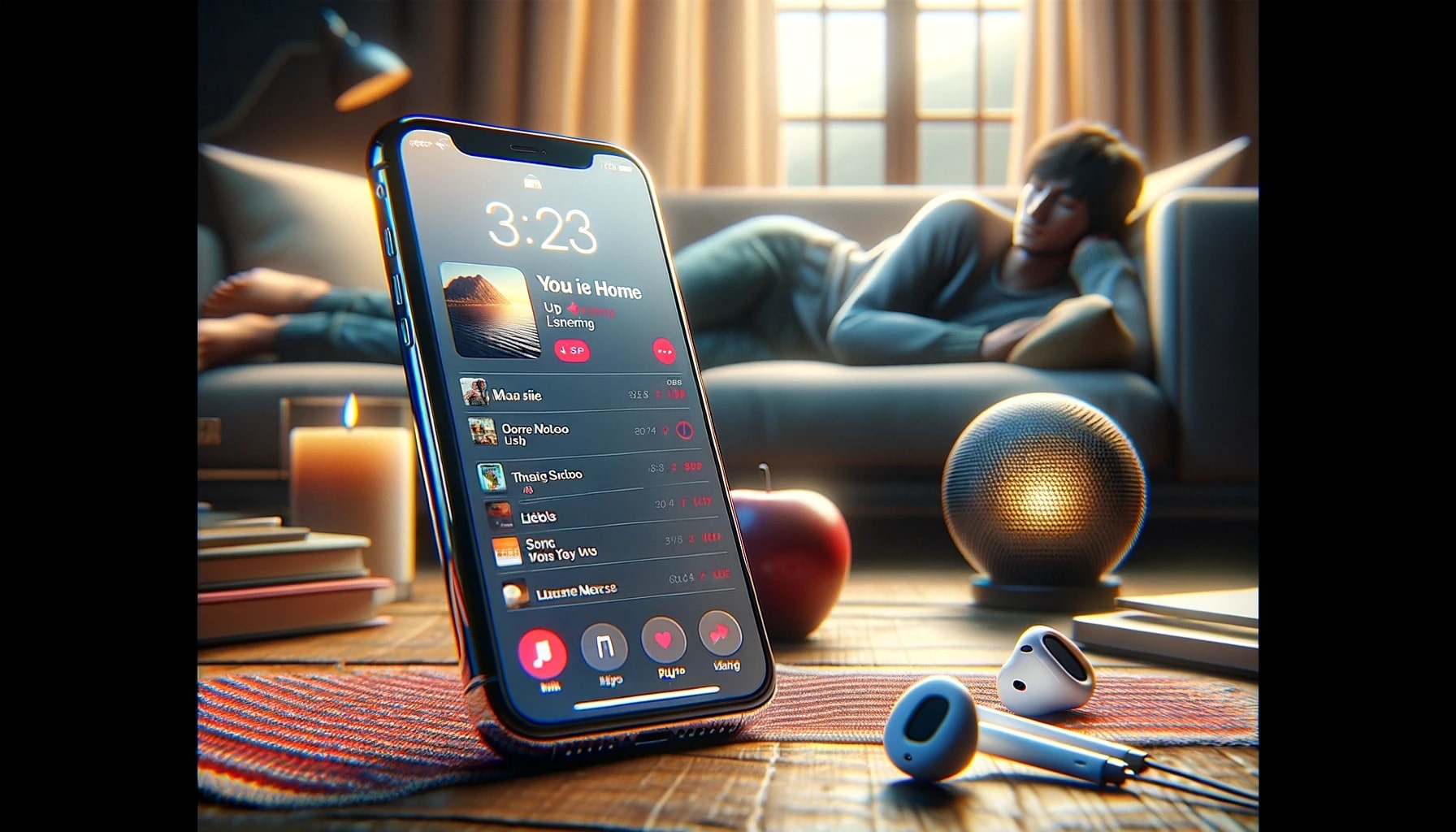In a fiercely competitive smartphone market, Samsung‘s Galaxy S24 Ultra distinguishes itself with a unique feature not found in its peers, including the iPhone 15 Pro Max and Google Pixel 8 Pro – an anti-reflective screen. This innovative technology, powered by Corning’s Gorilla Armor glass, significantly reduces glare, a common issue that affects smartphone visibility under bright conditions. Despite its potential as a selling point, Samsung initially did not highlight this feature in early advertisements, but has now shifted gears to promote it vigorously.
Over the years, the quest for more resilient and user-friendly smartphone screens has been a continuous endeavor, with companies like Apple rumored to introduce similar anti-reflective technology in future models. Samsung’s recent move to emphasize the Galaxy S24 Ultra’s anti-reflective capabilities signals an increased awareness of consumer desires for screens that fare better in various lighting conditions. This focus on screen technology reflects an industry evolution where display quality and durability are paramount.
What Sets the S24 Ultra’s Display Apart?
The S24 Ultra’s anti-reflective screen is a result of Samsung’s collaboration with Corning, and it is marketed as reducing glare by up to 75% while being four times more durable than traditional glass. To showcase this advancement, Samsung partnered with renowned YouTuber Marques Brownlee and Corning executive John Bayne to create a video highlighting the screen’s capabilities.
How Does the New Gorilla Armor Enhance Durability?
Corning’s Gorilla Armor glass is not just about reducing glare; it’s also engineered to enhance the screen’s durability. This is crucial as smartphones are increasingly subjected to rougher use and conditions. A scientific study published in the “Journal of Advanced Materials Technologies” titled “Advancements in Glass Technology for Mobile Consumer Electronics” echoes these industry efforts, detailing how innovations in glass composition and treatment have led to screens that are more resistant to scratches and breaks, meeting consumer demand for longer-lasting devices.
Are Other Brands Following Samsung’s Lead?
While Samsung has taken this step with the S24 Ultra, there are whispers in the tech community about Apple catching up by incorporating anti-reflective technology into its iPhone 17 lineup. This suggests that, although Samsung may currently have the upper hand with this technology, competitors are not far behind in recognizing and implementing such screen advancements.
Points to consider:
- Samsung’s anti-reflective screen is a strategic differentiator.
- Corning’s Gorilla Armor glass promises enhanced durability.
- Other brands are anticipated to adopt similar technologies.
Samsung’s Galaxy S24 Ultra is setting a new standard for display technology in the smartphone industry. Adopting Corning’s Gorilla Armor glass, it offers users an enhanced viewing experience through its anti-reflective properties and superior durability. This focus on screen technology is a response to the growing consumer expectation for high-performing, robust smartphones. As other brands prepare to introduce similar innovations, Samsung has already positioned the S24 Ultra as a trailblazer, capturing attention with its improved functionality in all lighting scenarios and its resilience to everyday wear and tear. This advance not only caters to current consumer needs but also sets the stage for future developments in smartphone display technology.










